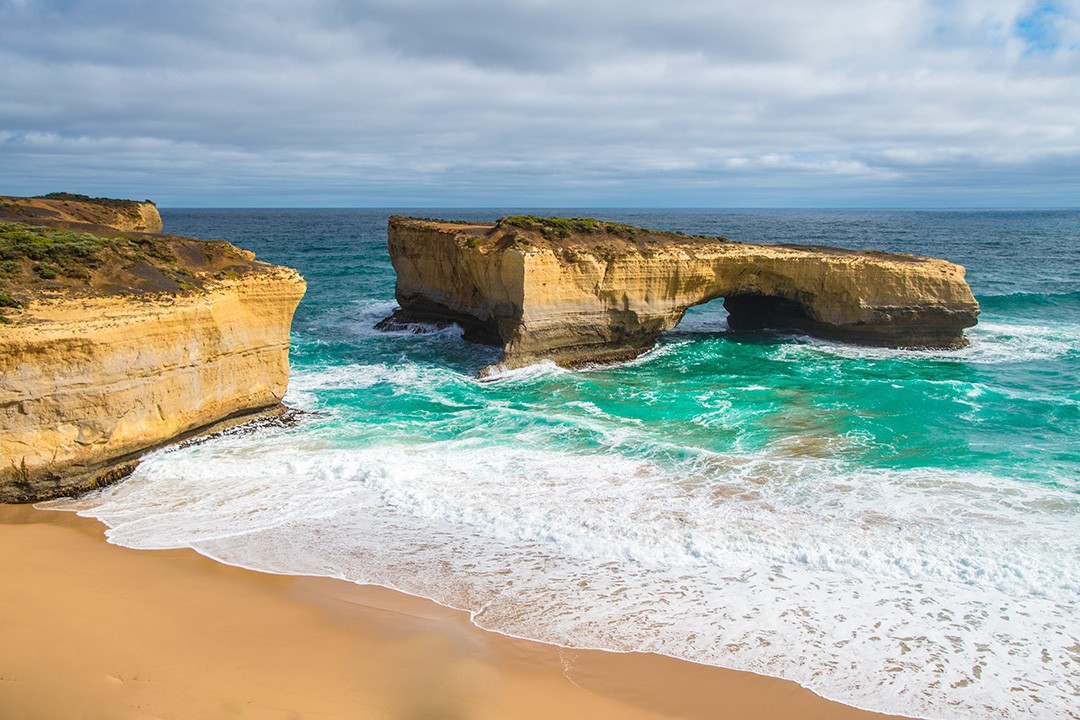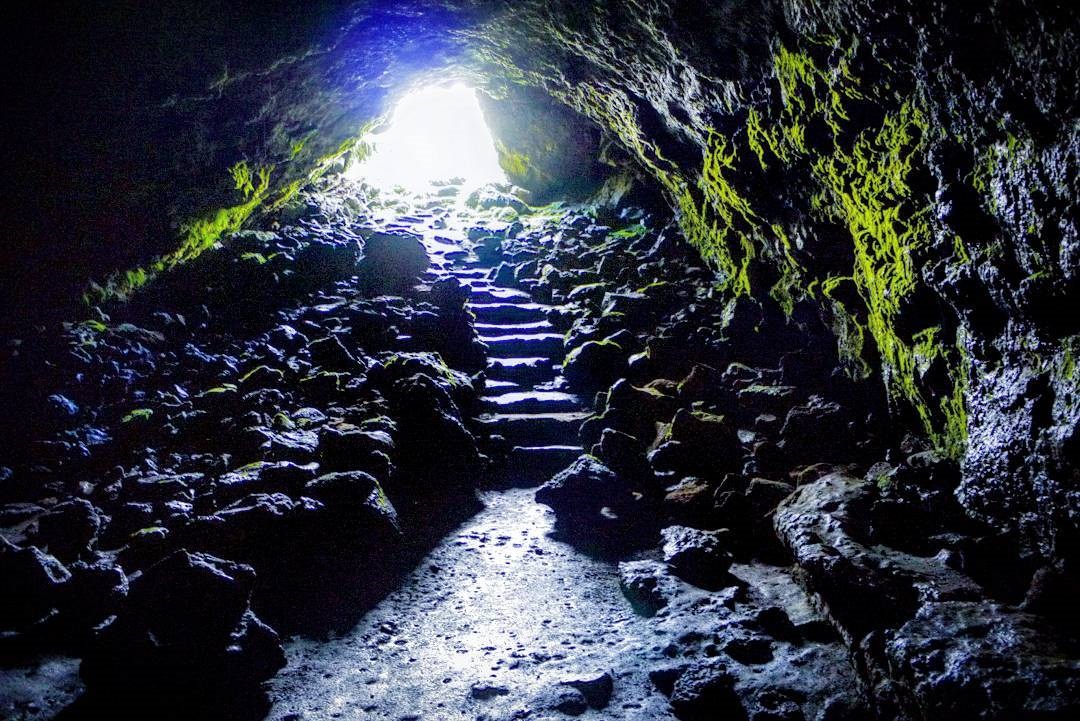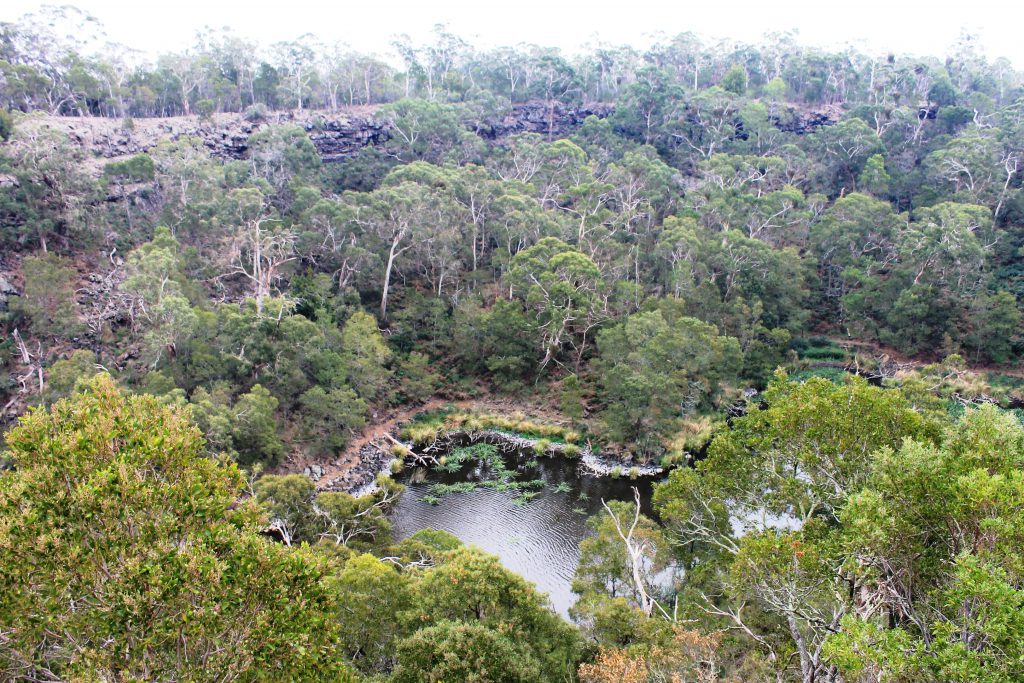
AsianOverland.net
Tour Guide - Itinerary
Asian Overland Sydney to London
Started 22/06/2022 Finished 21/06/2023365 Days ITINERARY
Day 5 date 26/06/2022DGILONG to BUDJ BIM, GUNDITJMARA
ASIANOVERLAND.NET SYDNEY TO LONDON DAY 5: DGILLONG TO BUDJ BIM, GUNDITJMARA
Today’s drive includes one of the best drives in the world, The Great Ocean Road.
The 1979/1980 Top Deck Asian Overland brochure distinguishes between the first part of the Sydney to London overland, which is mostly a hotel tour from Sydney to Kathmandu, and the Top Deck bus style of mobile accommodation - “From Kathmandu to London we will take the normal 11 week tour”
https://asianoverland.net/index.php?displaytrip&trip_no=1
These notes don’t recommend specific accommodation, but this is an appropriate time to record the worst hotels on the overland:
1. The Black Coffee Hotel, Chengdu, Sichuan, China (1985), where the unbearable below ground hotel rooms had sewerage running out of the “toilet” block and along the “Hotel” floors.
2. Fraser Hill, Malaysia (2001), a white elephant hotel complex funded by the Malaysian government but left dilapidated, mouldy and decaying.
The best accommodation on the overland includes:
1. Houseboats New Australia, New Sydney and New Melbourne on Dal Lake, Srinagar, Kashmir, hosted by the Dubloo family.
2. Royal Mail Hotel, Dunkeld, Grampians, the best country restaurant in Australia, where you could dine or stay after today’s drive.
3. El Questro Emma Gorge Resort, The Kimberley, a welcome hotel respite after camping and mobile homes, and one of the best walks in Australia after the walk around Uluru.
4. Scarborough Beach Caravan Park, on Scarborough Beach (1981-2), Perth camping ground on the Sydney to London overland (1981-1982) before crossing the Nullarbor.
5. Rasa Ria Resort, Borneo, Malaysia, for best wildlife, orangutangs, hornbills, nature walks, golf course, diving and snorkelling.
At the end of the Great Ocean Road is Budg Bim, a UNESCO recognised site of ancient Indigenous eel and fishing rock traps spread out over a huge area.
Budj Bim Heritage Landscape dates back 6,000 years and includes large, settled communities systematically farming and smoking eels for food and trade. The Heritage Landscape area is considered one of Australia’s earliest and largest Indigenous aquaculture ventures, and has been added to the UNESCO World Heritage List recognised solely for its Aboriginal cultural values.
Budj Bim Campground is set among lava rock and tall, twisted Manna Gum trees. These are a favourite food source for koalas, so look up!
Explore the dramatic volcanic features of Budj Bim on foot. Walk through the lava flow canals, stroll around the crater's rim or follow the lake shoreline below. See the rocky walls, lava caves and canals on the four walking options.
© This work is copyright. Apart from any use permitted under the Copyright Act 1968, no part may be reproduced by any process, nor may any other exclusive right be exercised, without the permission of Peter Searle, peter@portseavillageresort.com; 1980-2024.
Website built by Justin O’Dea www.webdeveloperdocklands.com.au
.jpg)








